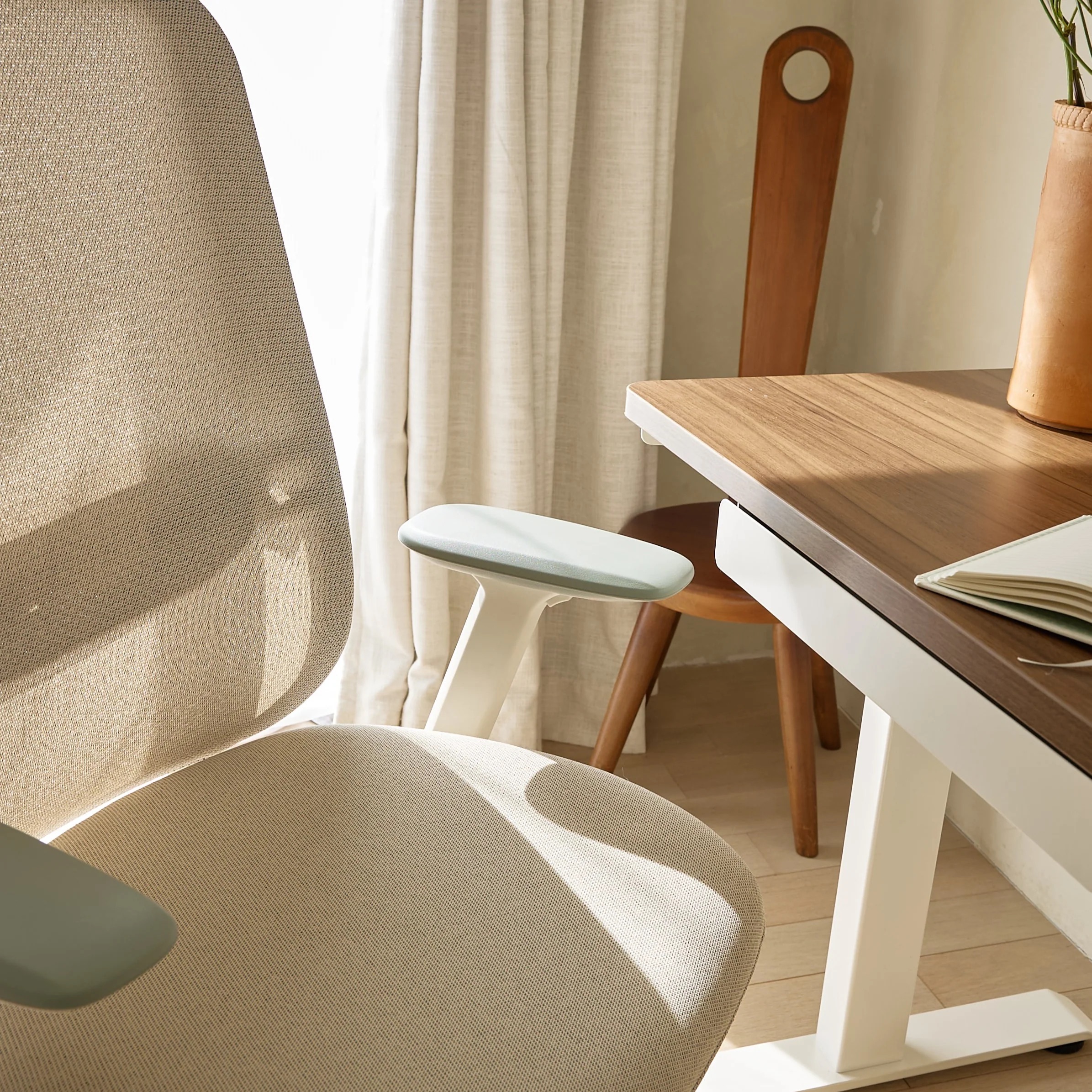Ever stood up from your chair feeling like your spine went through a wrestling match? If yes, then you already get how much a good chair matters. But let’s go deeper—what makes a chair actually good for your body?
That’s where the term ergonomic chair comes in. And no, it’s not just marketing buzz. It’s about comfort that sticks, support that lasts, and a chair that feels like it was built for you. Whether you’re grinding through deadlines, gaming deep into the night, or binge-watching your favorite series, an ergonomic chair changes everything.
Let’s break down why.
What Makes a Chair Ergonomic?
Picture this: You’re planted in front of your screen for hours, barely moving. You stretch, stand up—and your back screams. That’s your body telling you your chair is working against you.
Now flip that. Imagine a chair that supports your back, keeps your feet grounded, and lets your neck relax without strain. That’s what ergonomic design delivers. It’s not about how a chair looks; it’s about how it feels—and how it keeps your body aligned.
Ergonomic chairs are tailored for your comfort and posture. From adjustable seat height and back tilt to lumbar support and armrest flexibility, everything works to keep your body in a natural, healthy position.
So, if you’re setting up a new workspace or revamping your study nook, check out these thoughtfully designed chairs that blend comfort with style from Urbanica’s modern collection.
Why Ergonomic Chairs Are a Game-Changer
This isn’t just about “nice-to-have” furniture. It’s about real, physical health. The wrong chair doesn’t just feel bad—it can mess you up. We’re talking chronic back pain, stiff shoulders, numb legs, and headaches. The kind of stuff that sneaks up on you, day by day.
Ergonomic chairs are built to fight that. They support your spine’s natural curve, ease pressure on joints, and encourage subtle movement—all of which help you stay focused and pain-free.
The best part? You don’t have to sacrifice style or spend a fortune. If you’re ready to make the switch, now’s a great time to explore ergonomic seating options from this trusted shop’s curated selection.
Who Really Needs an Ergonomic Chair? (Spoiler: Everyone)
Think ergonomic chairs are just for people with back issues? Think again.
If you sit more than an hour a day, your body deserves better support. Whether you’re a remote worker, a student, a gamer, or just a Netflix marathoner, you’ll feel the difference.
Even creatives—artists, designers, writers—benefit from better posture. And let’s not forget older adults or anyone recovering from injuries. A quality ergonomic chair can speed up healing and provide lasting relief.
And if you’re in the market for a full room upgrade, browse stylish and supportive pieces at Urbanica Furniture—where comfort meets craftsmanship.
How to Know If a Chair Is Truly Ergonomic
You don’t need a degree to spot the right one. Just look for:
- Adjustable seat height – Can your feet stay flat on the ground?
- Lumbar support – Does it hug your lower back?
- Armrest adjustability – Are your shoulders relaxed while typing?
- Seat depth and cushion – Is it roomy and firm enough without going stiff?
- Tilt and recline – Can you lean back a little without losing balance?
These aren’t luxury features—they’re essentials.
For a side-by-side comparison, ergonomic chairs beat regular office ones on every level, from comfort to long-term health impact.
The Bigger Picture: Your Chair, Your Health
Choosing a better chair isn’t just about now. It’s about how your body will feel months—and even years—from today. Sitting smarter leads to less pain, better focus, and more energy to do what you love.
And if you’re running a business, outfitting a home office, or upgrading a coworking space, it’s smart to get professional help. Agencies like WorDigital specialize in connecting brands with design-forward furniture solutions and digital marketing strategies to help your space (and your business) shine.
Final Take
An ergonomic chair isn’t a trend. It’s a smart investment in your comfort, focus, and health. So whether you’re working, gaming, or relaxing, stop settling for discomfort.
Sit smarter. Feel better. Work longer.
FAQs
An ergonomic chair is designed to support the natural posture and movements of your body, reducing pain and improving comfort during long sitting periods.
Ergonomic chairs help prevent back pain, improve posture, and boost productivity by keeping your spine aligned and muscles relaxed.
Look for adjustable height, lumbar support, tilt and lock features, armrest flexibility, and a seat that supports your legs without pressure.
Remote workers, students, gamers, older adults, and anyone sitting more than an hour daily can greatly benefit from using an ergonomic chair.
Urbanica offers a wide range of stylish, supportive ergonomic chairs that fit modern homes and offices, blending comfort with beautiful design.
